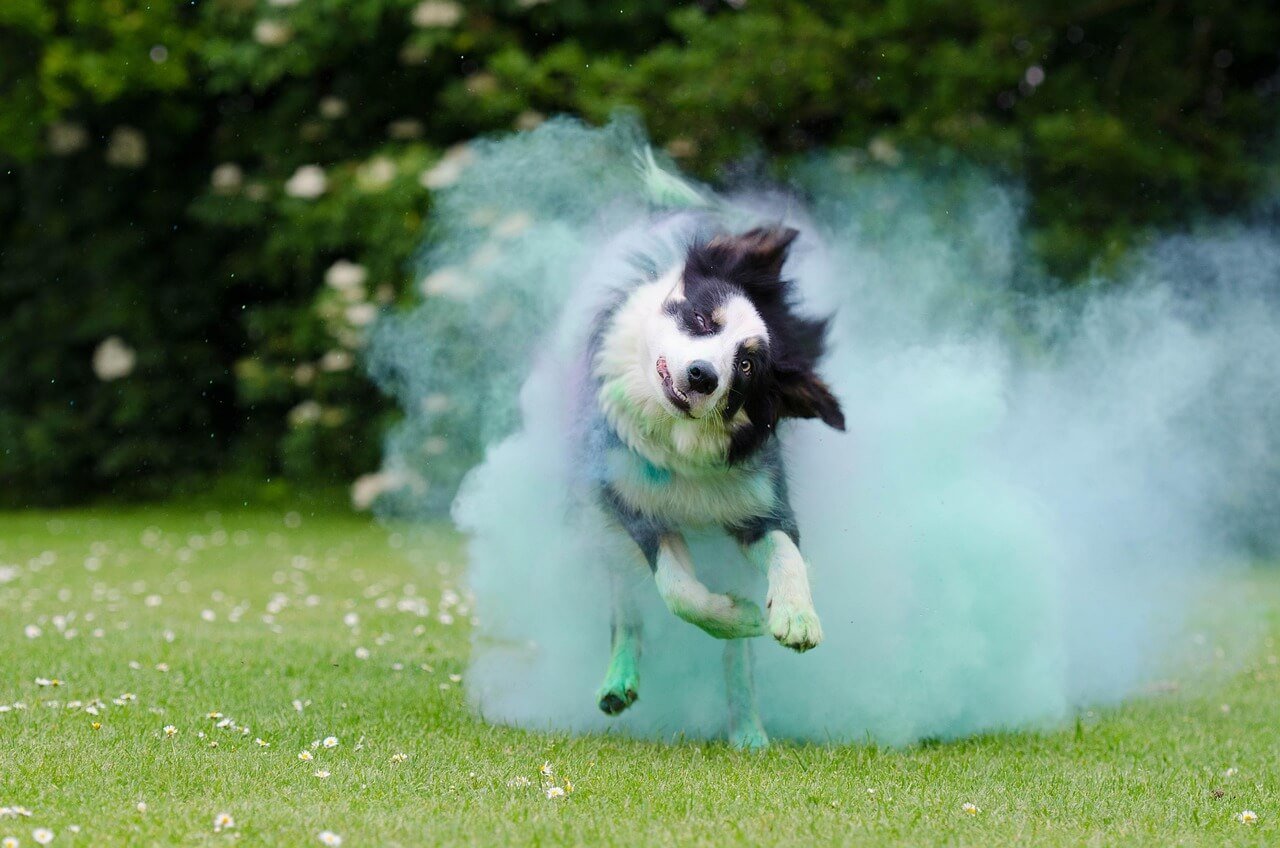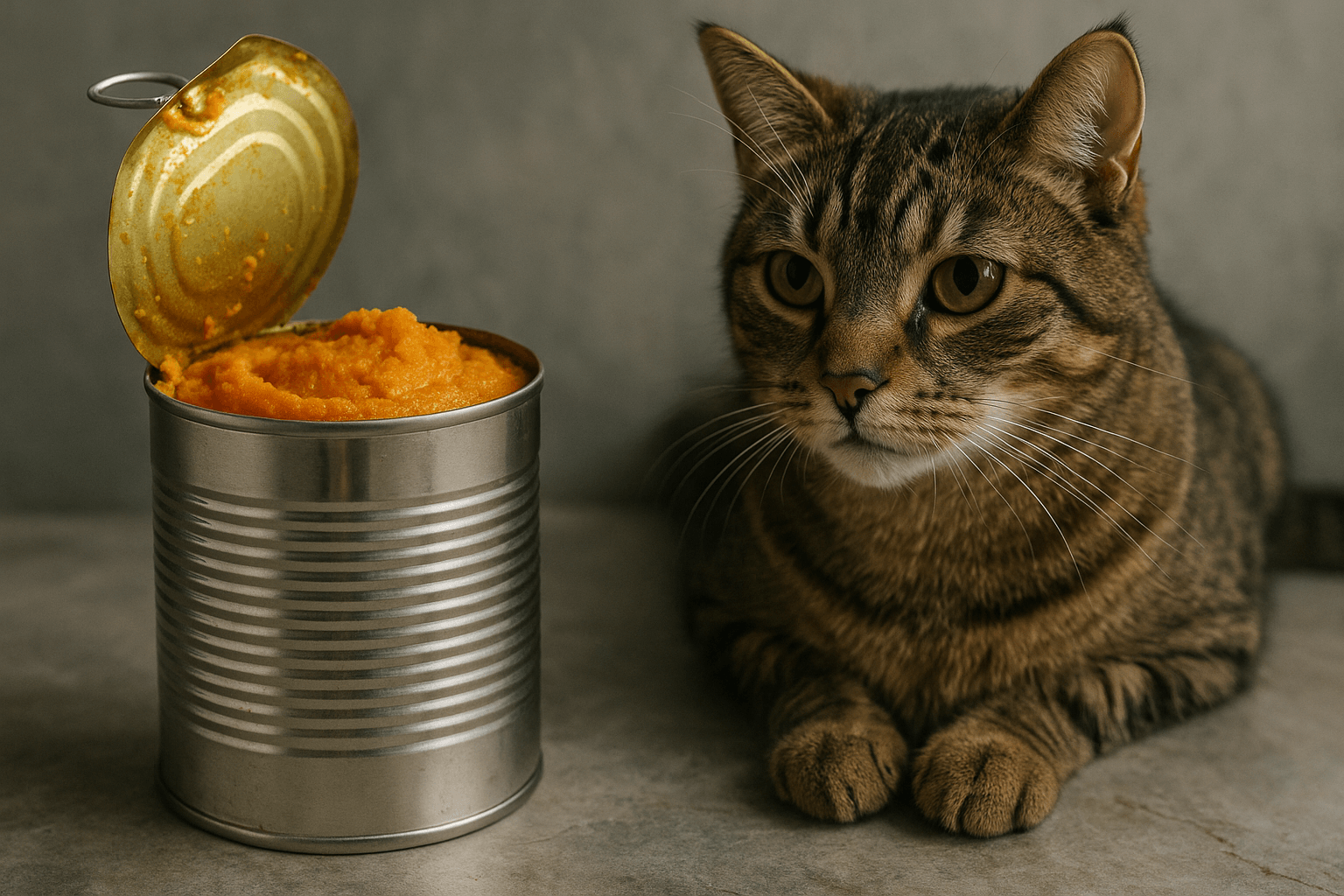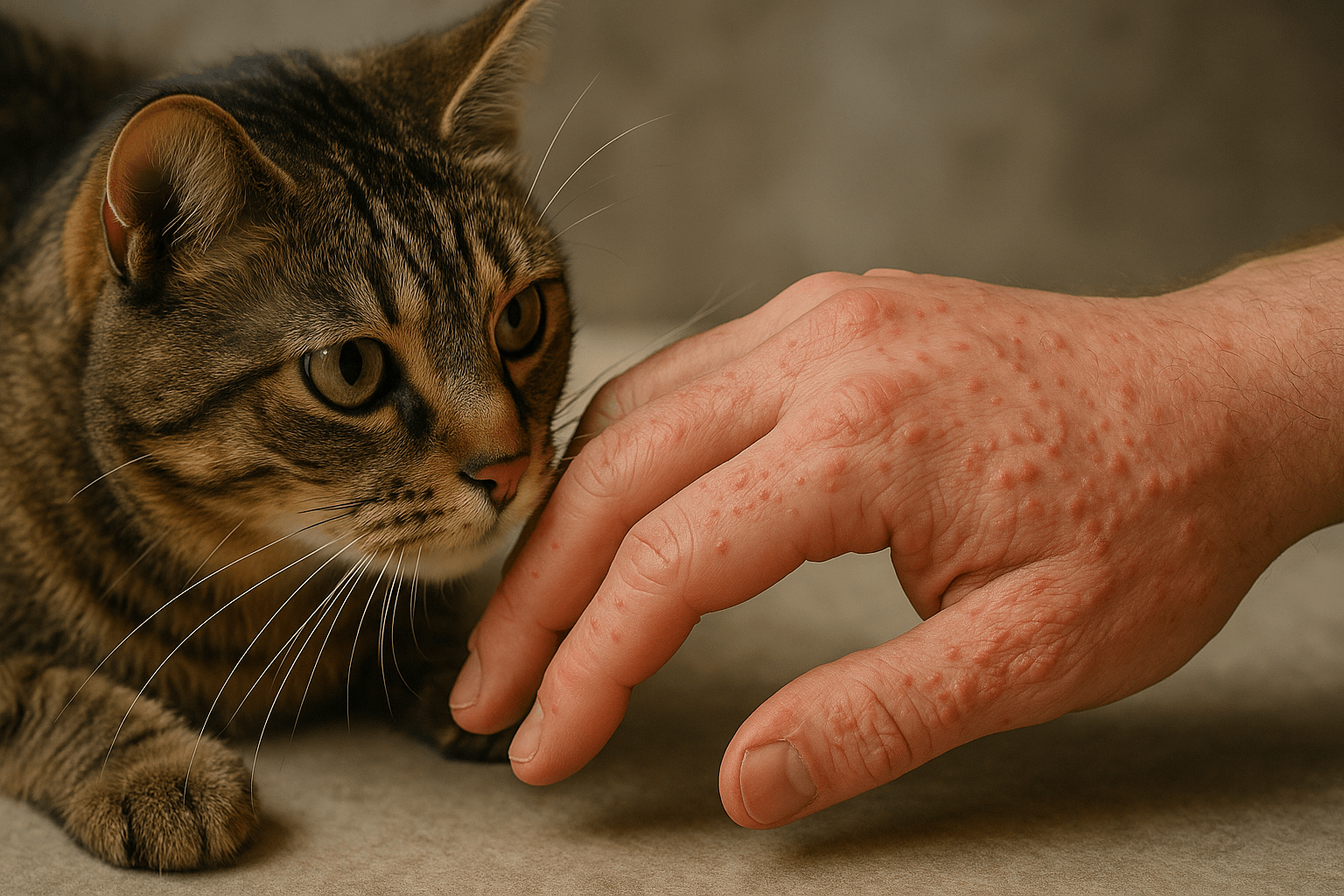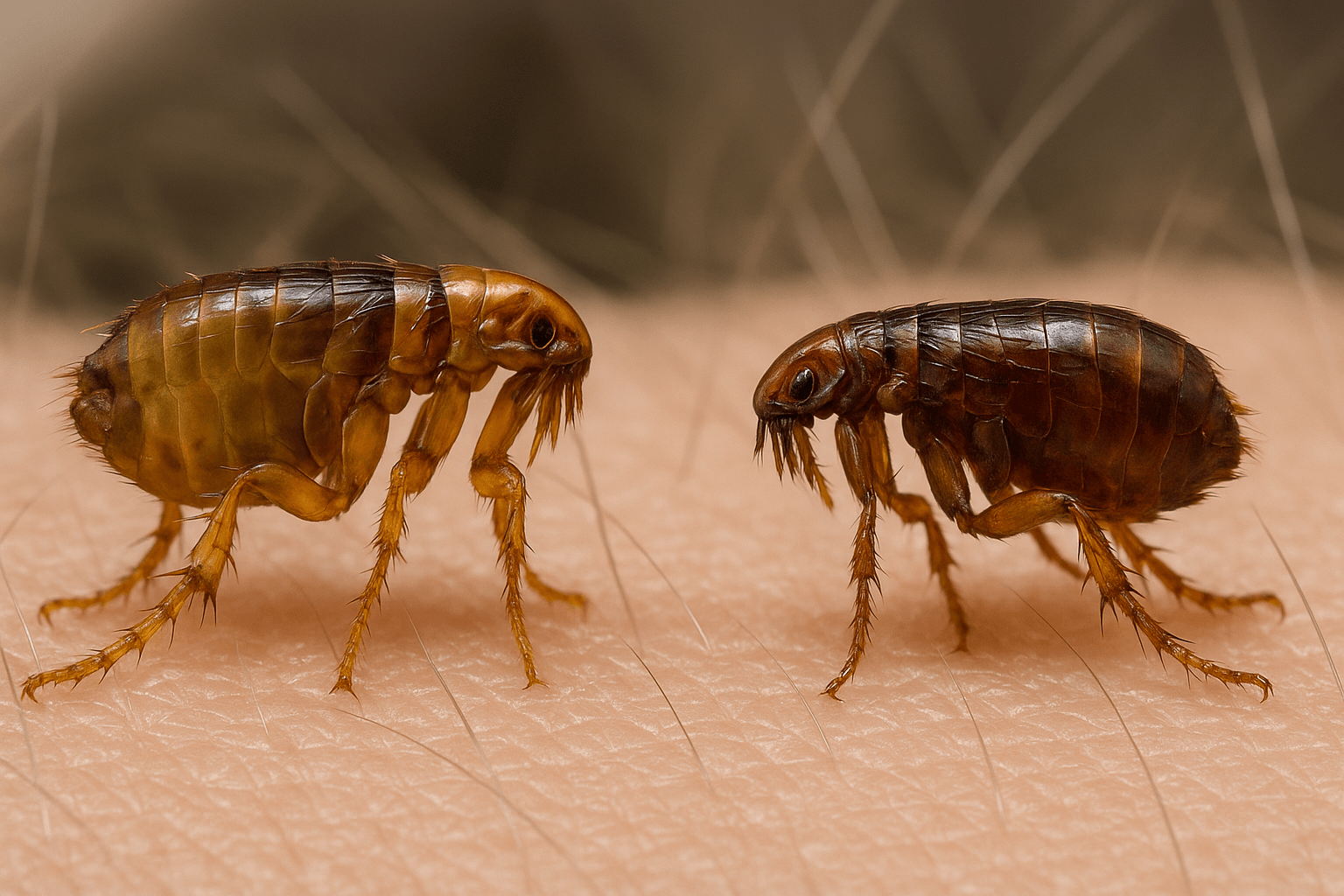Can Dogs Have Beef Bones? A Guide for Responsible Pet Owners
Beef bones are often seen as a natural and satisfying treat for dogs, but can they really have them? While many pet owners enjoy giving their furry friends bones to chew on, it’s essential to understand the potential benefits and risks involved. Not all beef bones are created equal, and some can pose serious health hazards if not chosen or handled properly. In this guide, we’ll explore whether beef bones are safe for dogs, how to select the right ones, and what precautions you should take. By the end, you’ll be equipped with the knowledge to make informed decisions about treating your dog to a beef bone safely.
Benefits of Beef Bones for Dogs
When given responsibly, beef bones can offer several benefits for your dog’s physical and mental well-being. Here are some advantages of providing your dog with the right type of beef bone:
Dental Health : Chewing on raw beef bones can help remove plaque and tartar, promoting healthier teeth and gums.
Mental Stimulation : Gnawing on bones provides a fun and engaging activity that can reduce boredom and anxiety.
Nutritional Value : Raw beef bones contain marrow, which is rich in healthy fats and nutrients like omega-3 fatty acids.
Jaw Exercise : Chewing strengthens your dog’s jaw muscles and satisfies their natural instinct to gnaw.
Digestive Aid : The act of chewing can stimulate saliva production, which supports better digestion.
While beef bones can be beneficial, it’s crucial to choose the right type and supervise your dog to avoid potential risks.
Risks of Feeding Beef Bones to Dogs
Despite the benefits, beef bones can also pose significant risks if not handled properly. Understanding these dangers will help you make safer choices for your pet.
Choking Hazard : Cooked bones can splinter into sharp fragments that may cause choking or internal injuries.
Broken Teeth : Hard bones, especially those that are frozen or overly dense, can crack or damage your dog’s teeth.
Intestinal Blockages : Swallowed bone fragments can lead to blockages in the digestive tract, requiring emergency surgery.
Bacterial Infections : Raw bones may carry harmful bacteria like salmonella or E. coli, posing risks to both dogs and humans.
Overconsumption : Eating too much bone marrow can lead to obesity or pancreatitis due to its high fat content.
By being aware of these risks, you can take steps to minimize potential harm while still allowing your dog to enjoy beef bones safely.
Check this guide 👉Do Dog Bones Go Bad? Best 7 Expert Tips!
Check this guide 👉What to Do If Your Dog Ate Chicken Bones: Best 7 Tips!
Check this guide 👉Are Milk Bones Bad for Dogs? Best 7 Expert Tips!
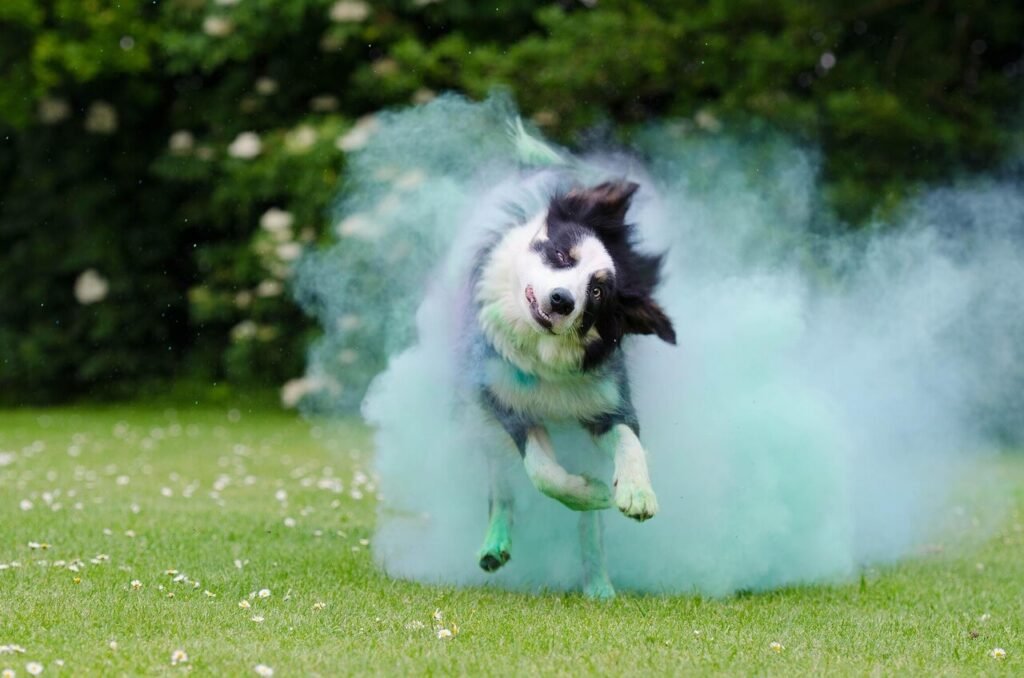
Safe Practices When Giving Beef Bones | Unsafe Practices to Avoid |
|---|---|
Choose raw, uncooked bones | Give cooked or smoked bones |
Supervise your dog while chewing | Leave your dog unsupervised |
Offer appropriately sized bones | Provide bones that are too small or large |
Limit marrow intake to prevent obesity | Allow excessive marrow consumption |
Discard bones after prolonged chewing | Reuse old or worn-down bones |
How to Safely Introduce Beef Bones to Your Dog
If you decide to give your dog a beef bone, it’s important to follow these guidelines to minimize risks and maximize benefits.
Choose Raw Bones : Always opt for raw, uncooked beef bones to avoid splintering and bacterial contamination.
Select the Right Size : Ensure the bone is large enough that your dog cannot swallow it whole but not so large that it becomes unwieldy.
Supervise Chewing Sessions : Stay nearby while your dog chews to monitor for any signs of trouble, such as choking or aggressive biting.
Limit Marrow Access : Scoop out excess marrow before offering the bone to prevent excessive fat intake.
Discard After Use : Remove the bone once it becomes small enough to pose a choking hazard or after prolonged chewing sessions.
Following these steps ensures that your dog enjoys beef bones safely without compromising their health.
Alternatives to Beef Bones for Dogs
If you’re hesitant about giving your dog beef bones, there are plenty of safer alternatives that provide similar benefits.
Rubber Chew Toys : Durable rubber toys designed for chewing can satisfy your dog’s gnawing instincts without the risks of bones.
Edible Dental Chews : Specially formulated dental chews clean teeth and freshen breath while being easy to digest.
Frozen Carrots : A healthy, low-calorie option that doubles as a chewable treat and a dental cleaner.
Antlers or Horns : Naturally shed antlers or horns are long-lasting and less likely to splinter than bones.
Kongs Stuffed with Treats : These interactive toys keep dogs entertained and mentally stimulated while being completely safe.
These alternatives offer a variety of options to keep your dog happy and engaged without the potential dangers of beef bones.
Recognizing When It’s Time to Take the Bone Away
While beef bones can be a great treat, there are moments when it’s best to remove the bone to prevent potential harm. Here are some signs that indicate your dog should stop chewing:
Bone Becomes Too Small : If the bone is small enough to fit entirely in your dog’s mouth, it poses a choking risk.
Excessive Drooling : Unusual drooling may indicate that the bone is causing discomfort or irritation.
Aggressive Chewing Behavior : If your dog is biting down too hard or obsessively gnawing, they could damage their teeth or gums.
Signs of Fatigue : If your dog seems overly tired or lethargic after chewing, it might be a sign of overexertion.
Visible Splintering : If you notice sharp fragments breaking off the bone, it’s time to discard it immediately.
By paying attention to these signs, you can step in before any harm occurs and ensure your dog’s safety.
Proper Storage to Maintain Freshness and Safety
If you decide to give your dog raw beef bones, proper storage is essential to prevent spoilage and bacterial growth. Follow these tips to keep the bones fresh and safe:
Refrigerate Immediately : Store raw bones in the refrigerator if you plan to use them within 1-2 days.
Freeze for Long-Term Use : If you want to keep bones longer, freeze them in airtight bags or containers to maintain quality.
Thaw Safely : Always thaw frozen bones in the refrigerator, not at room temperature, to reduce bacterial risks.
Avoid Cross-Contamination : Use separate cutting boards and utensils for handling raw bones to protect your household from germs.
Discard Spoiled Bones : If a bone smells sour or shows signs of mold, throw it away immediately to avoid health hazards.
Proper storage ensures that your dog enjoys their treat safely while minimizing risks to both pets and humans.
Debunking Misconceptions to Make Informed Choices
There are many myths surrounding beef bones and their suitability for dogs. Separating fact from fiction helps you make better decisions for your pet.
Myth: All Bones Are Safe for Dogs : Cooked bones, regardless of type, can splinter and cause serious injuries.
Myth: Raw Bones Cause Bacterial Infections Every Time : While raw bones carry some bacteria, proper handling and supervision minimize risks.
Myth: Bones Clean Teeth Better Than Dental Products : While bones can help with plaque removal, dental chews and professional cleanings are more effective.
Myth: Dogs Can Chew Bones Indefinitely : Prolonged chewing can wear down teeth or lead to ingestion of harmful fragments.
Myth: Marrow Is Harmless in Any Amount : Excessive marrow consumption can lead to obesity or pancreatitis due to its high fat content.
Understanding these myths ensures you approach beef bones with accurate knowledge and realistic expectations.
Frequently Asked Questions About Beef Bones for Dogs
Are cooked beef bones safe for dogs?
No, cooked bones can splinter and cause serious injuries, so they should always be avoided.
How often can I give my dog a beef bone?
Beef bones should only be an occasional treat, no more than once a week, to prevent overconsumption of fat or marrow.
Can puppies have beef bones?
Puppies have softer teeth and developing jaws, so it’s best to wait until they’re older before introducing bones.
What should I do if my dog swallows a piece of bone?
Monitor your dog closely for signs of distress, such as vomiting or difficulty breathing, and contact your vet immediately if needed.
Are raw beef bones safer than other types of bones?
Yes, raw beef bones are generally safer than cooked or processed bones, but they still require supervision and proper handling.
Prioritize Safety When Offering Beef Bones to Your Dog
Beef bones can be a rewarding and enjoyable treat for dogs when given responsibly. However, it’s essential to weigh the benefits against the risks and take precautions to ensure your dog’s safety. By choosing raw, appropriately sized bones, supervising chewing sessions, and exploring safer alternatives, you can provide your dog with the stimulation and satisfaction they crave without compromising their health. As a responsible pet owner, staying informed and attentive is key to keeping your furry friend happy, healthy, and thriving.
Canned Pumpkin for Cat Diarrhea: Best 7 Expert Tips! Natural remedy to firm stools, soothe upset bellies, and support gut health safely.
Can a Cat Give You Scabies? Best 7 Expert Tips! Discover the truth about feline mites, human skin risks, and how to protect yourself—without panic.
Cat Flea vs Human Flea: Best 7 Expert Tips! Discover the truth about bites, species, and how to eliminate infestations for good.
Weird Cat Behaviors: Best 7 Expert Tips! Discover why cats do strange things—and how to understand, not punish, their instincts for a happier home.

